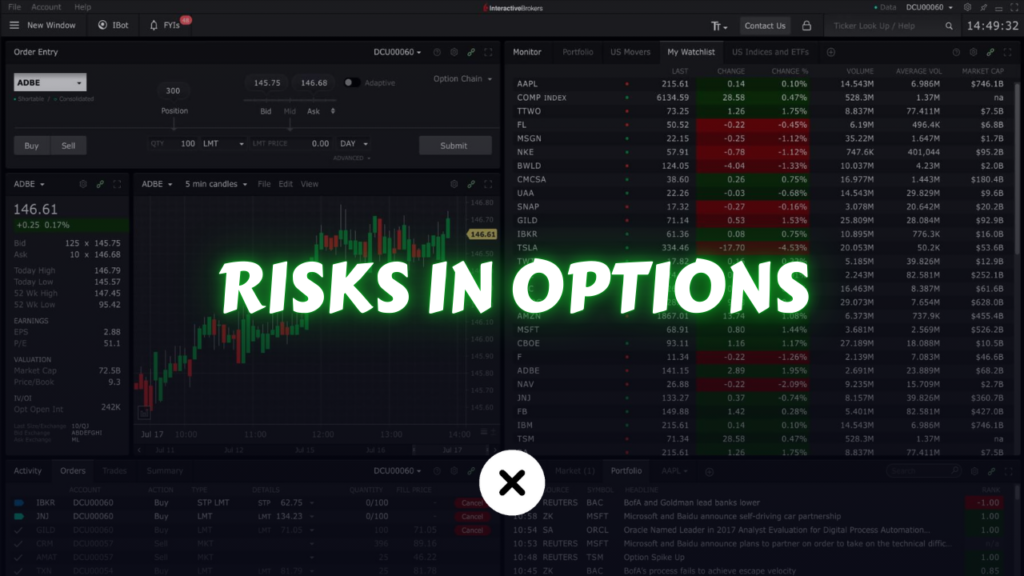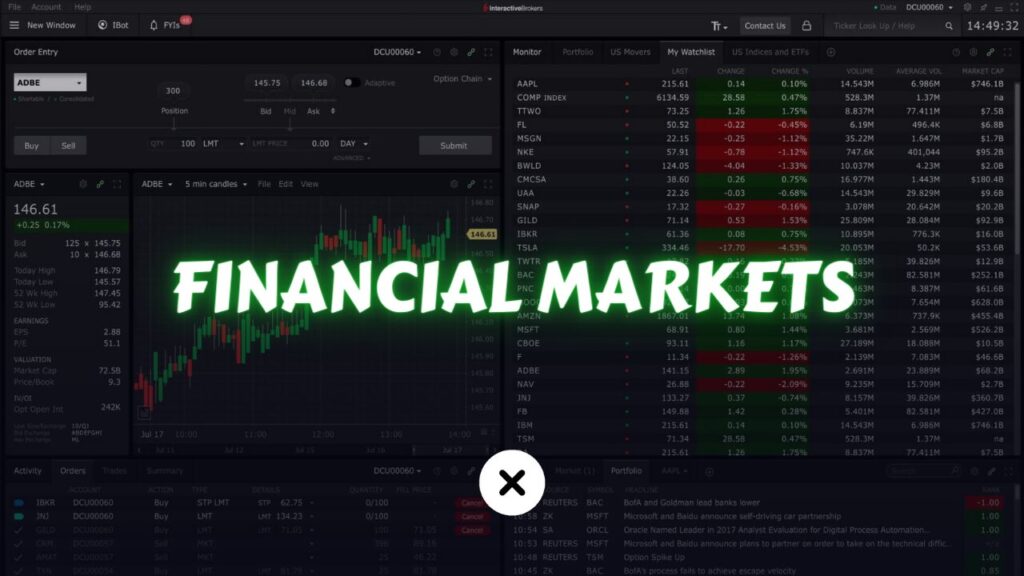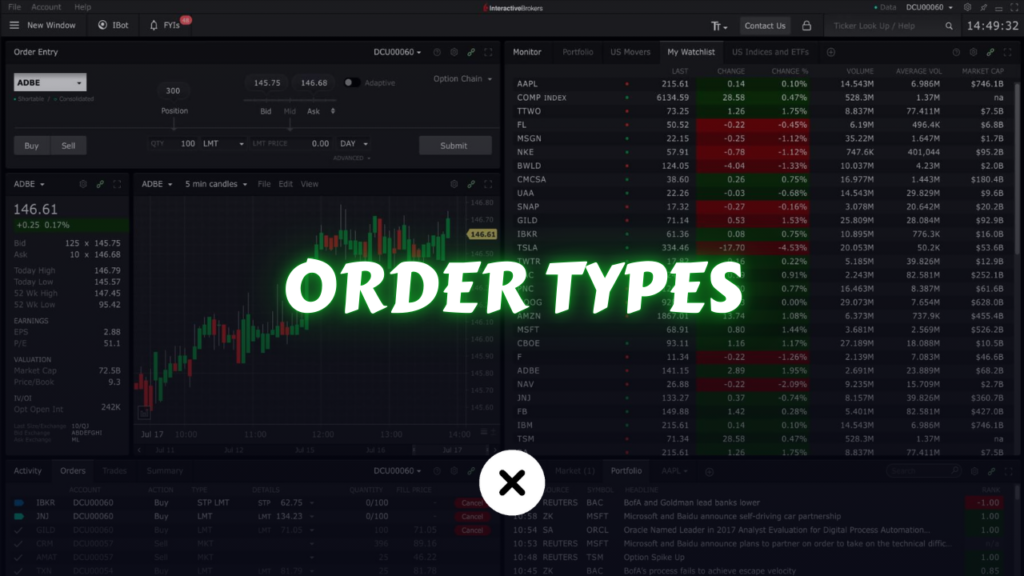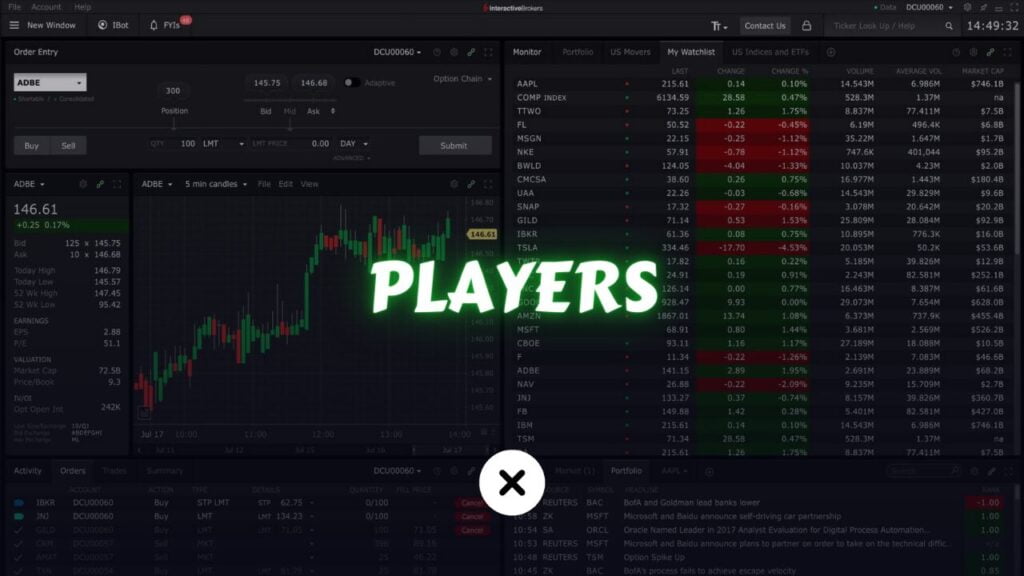Options trading offers significant opportunities for profit but comes with its share of challenges. Understanding the risks in options trading, such as leverage, time decay, and volatility, is crucial for building a sustainable strategy. This guide dives deep into these risks, providing actionable insights and practical tips to help you navigate the complexities of options trading while effectively managing potential downsides.
What is Options Trading?

Options trading involves financial contracts that give the buyer the right, but not the obligation, to buy or sell an underlying asset at a predetermined price before a specific expiration date. Understanding this fundamental concept is crucial before diving into the risk management aspects.
Key Features of Options
- Flexibility: Options can be used for various purposes, such as hedging, speculation, and income generation.
- Leverage: You can control a large position with a relatively small investment, magnifying both potential gains and losses.
- Limited Risk (for Buyers): The maximum loss for an option buyer is the premium paid.
Types of Options
Call Options:
- What It Does: Provides the right to buy the underlying asset at the strike price.
- When to Use: When you expect the price of the asset to rise.
- Example:
- A call option on Stock ABC has a strike price of $100, and the premium is $5.
- If the stock price rises to $120, you can exercise the option to buy at $100, making a profit of $15 per share ($120 – $100 – $5 premium).
- If the stock price falls below $100, you can choose not to exercise the option, limiting your loss to the $5 premium.
Put Options:
- What It Does: Provides the right to sell the underlying asset at the strike price.
- When to Use: When you expect the price of the asset to fall.
- Example:
- A put option on Stock XYZ has a strike price of $50, and the premium is $3.
- If the stock price drops to $40, you can sell at $50, making a profit of $7 per share ($50 – $40 – $3 premium).
- If the stock price rises above $50, you let the option expire, and your maximum loss is the $3 premium.
Key Components of an Options Contract
- Underlying Asset: The stock, index, ETF, or commodity the option is based on.
- Example: Options on Apple stock (AAPL) are tied to the performance of Apple shares.
- Strike Price: The price at which the asset can be bought or sold.
- Example: If you buy a call option with a strike price of $100, you can purchase the stock at $100, regardless of its market price.
- Expiration Date: The date after which the option becomes invalid.
- Example: A call option expiring on December 31 means you can exercise the option only before or on that date.
- Premium: The cost of purchasing the option.
- Example: A $5 premium means you pay $500 for one contract (since one contract represents 100 shares).
Why Risk Management is Critical in Options Trading

Risk management is the foundation of successful options trading. Without it, even experienced traders can suffer significant losses.
1. Preserving Trading Capital
Your trading capital is the lifeblood of your activities. Protecting it ensures you can recover from losing trades and continue trading.
- Example: If you have $10,000 in trading capital and risk $1,000 per trade, a single loss represents 10% of your capital. However, if you risk only $200 per trade, you can afford multiple losses without depleting your account.
2. Avoiding Emotional Decisions
Trading without a risk management plan often leads to emotional decisions like panic selling or revenge trading, which can amplify losses.
- Example: A trader who loses $1,000 might impulsively double their next trade size to recover the loss, risking even more capital.
3. Ensuring Long-Term Profitability
Sustainable trading success comes from consistent, well-managed profits. Effective risk management helps you ride out losing streaks and capitalize on winning trades.
- Example: A disciplined trader with a win rate of 60% and an average risk-reward ratio of 1:2 can be profitable over the long term, despite occasional losses.
Key Risks in Options Trading

1. Leverage Risk
Leverage allows traders to control large positions with a relatively small investment. While this magnifies potential profits, it also increases the size of potential losses.
- Example:
- You buy a call option for $500, giving you control over 100 shares of a stock trading at $50.
- If the stock rises to $55, your profit is $500 ($5 increase per share × 100 shares), doubling your investment.
- If the stock drops to $45, you lose your entire $500 investment, as the option expires worthless.
2. Time Decay (Theta Risk)
Options lose value as they approach expiration, particularly out-of-the-money options. This is known as time decay, or Theta.
- Example:
- A call option with 30 days to expiration has a premium of $5. With 10 days remaining, the premium might drop to $2 due to time decay, even if the stock price remains constant.
3. Volatility Risk
Implied volatility affects the price of options. High volatility increases premiums, while low volatility decreases them.
- Example:
- A stock option has a premium of $4 during a volatile market. If volatility drops, the premium may fall to $2, resulting in a loss—even if the stock price remains unchanged.
4. Directional Risk
Options are often used to bet on the direction of the underlying asset’s price. Incorrect predictions can lead to losses.
- Example:
- You buy a call option expecting a stock to rise. If the stock falls or remains flat, the option may expire worthless.
5. Liquidity Risk
Illiquid options have wide bid-ask spreads, making it costly to enter or exit positions.
- Example:
- An option with a bid price of $1.00 and an ask price of $1.50 means you’ll lose $0.50 per contract just by entering and exiting the trade.
Risk Management Strategies for Beginners

1. Develop a Risk Management Plan
Start with a comprehensive plan that defines:
- Risk Tolerance: Determine how much you’re willing to lose on a single trade.
- Example: With a $10,000 account, risk no more than $200 per trade (2% of your capital).
- Trading Goals: Define realistic profit and loss expectations.
- Example: Aim for a monthly return of 5% while limiting losses to 3%.
2. Use Position Sizing
Position sizing ensures you don’t risk too much on a single trade.
- Example:
- If your risk tolerance is $200 and an option contract costs $2.00, you can trade one contract (representing 100 shares). Trading more would exceed your risk threshold.
3. Diversify Your Portfolio
Spread your investments across multiple assets and strategies to reduce risk.
- Example:
- Trade options on different stocks (e.g., Apple, Amazon, and Tesla) and combine strategies like covered calls, spreads, and straddles.
4. Set Stop-Loss Levels
Establish predefined exit points to limit losses.
- Example:
- If you buy an option at $5, set a stop-loss to exit if the premium drops to $3, limiting your loss to $200 per contract.
5. Hedge Your Trades
Hedging involves offsetting potential losses with complementary trades.
- Example:
- Buy a put option to protect a stock you own (protective put).
- Sell a call option against a stock you own to generate income (covered call).
6. Monitor and Use Greeks
The Greeks help you understand how different factors impact option prices.
- Example:
- If Delta is 0.50, the option price will change by $0.50 for every $1 change in the underlying asset.
- If Theta is -0.10, the option loses $10 daily due to time decay.
7. Avoid Overtrading
Focus on quality trades rather than trading excessively.
- Example:
- A trader with 5 high-probability setups in a month may outperform someone who takes 50 low-quality trades.
8. Continuously Educate Yourself
Stay updated with financial news, trading strategies, and risk management techniques.
- Example:

- Read books like Options as a Strategic Investment by Lawrence McMillan or take online courses.
Conclusion
Managing risks in options trading is a skill that separates successful traders from those who fail. By understanding the risks and implementing strategies like position sizing, diversification, and hedging, you can protect your capital while maximizing your trading potential. Remember, consistency and discipline are key to long-term success. Always trade with a plan, and never stop learning.




